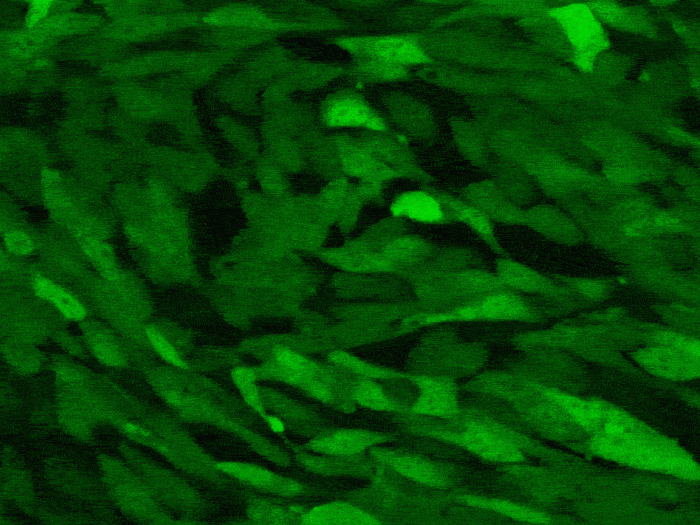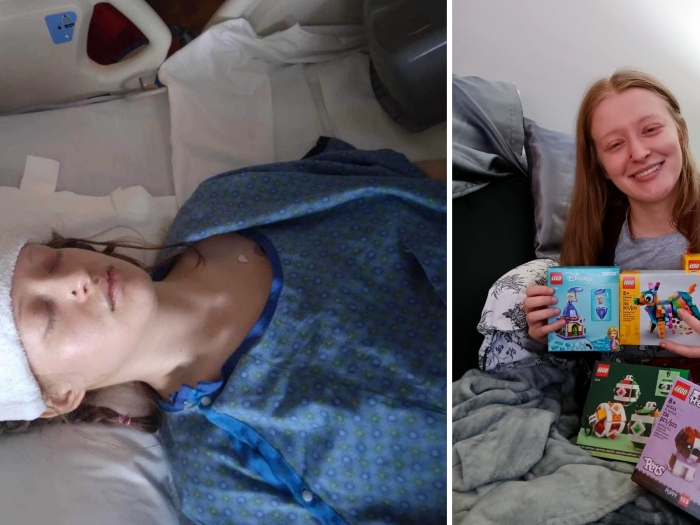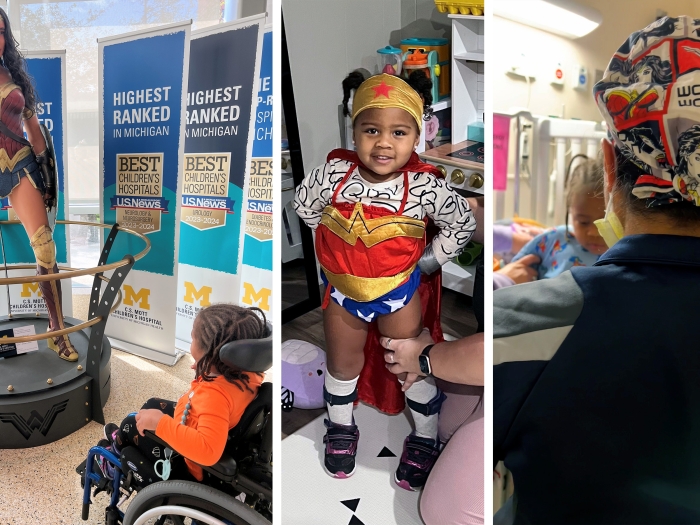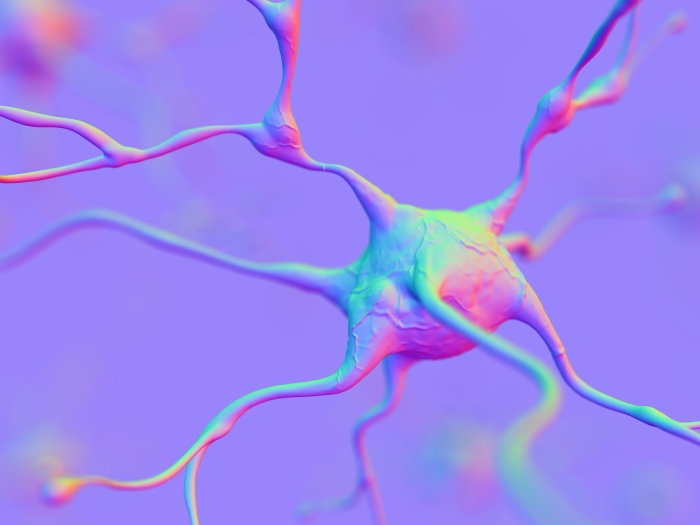ALS, also known as Lou Gehrig’s Disease, impacts families mentally, physically and emotionally. One family explains how it also can throw a financial curveball.
12:37 PM
Author |
Scott Pranger, whose wife had amyotrophic lateral sclerosis (ALS), knows there's a lesser-known part of the disease that wreaks havoc on families for years after their loved one passes, causing daily stress to intertwine with their grief.
Beyond the heart wrenching symptoms and the physically exhausting requirements of caring for someone with a disease that keeps getting worse until it becomes fatal, no one should have to worry about cash flow, especially not if you already have health insurance.
That's what Pranger thought.
And luckily for his family, he'd been successful in business thus far.
His family was doing just fine financially, so he didn't expect his wife's new doctor to suggest that, instead of staying home with her and their toddler after her devastating diagnosis, he should keep going to work and keep nourishing that entrepreneurial spirit he had simmering on the back burner.
"When Scott heard that many families with slowly progressing ALS end up filing for bankruptcy, he knew what he had to do," says his longtime employee and friend Kim Parsons.
Pranger took a leap of faith and left a 20-year corporate vice president job to start his own company in 2004, EQI LTD. He knew that even as a corporate executive, providing for his son and family was going to be a major challenge financially.
SEE ALSO: 5 Things to Know About ALS
Over the next 12 years, their neurologist's advice started to make sense. At first it was a wheelchair for his once adventurous, ready-for-anything but always-dressed-for-the-occasion wife Cathleen. Then, it was at-home caregivers to provide some extra help. Eventually, Cathleen needed 24-hour care, and a house that would be better suited to accommodate her ever-changing needs.
As ALS progresses, patients like Cathleen slowly lose their nerve function until it becomes impossible to move, speak or breathe.
"(Michigan Medicine's) Dr. Eva Feldman was right that providing excellent care for Cathleen would require a small fortune," Pranger says. "Thankfully, God blessed my business with exceptional employees and customers, but I often wondered how other families handled the financial stress of living with ALS."
Pranger decided, in memory of Cathleen, who died in 2015, he wanted to partner with the Michigan Medicine experts with whom they'd become so familiar with to ease the financial burden for other families.
MORE FROM MICHIGAN: Sign up for our weekly newsletter
He gave a $2 million gift to the newly-named Pranger ALS Clinic at Michigan Medicine to ensure it can continue to offer essential services like physical and occupational therapy, nutrition and social work support at no cost to patients.
As the disease progresses, it's hard to imagine what kind of help you'll require, but even this fiercely independent couple soon found out there's really no limit. Over the course of Cathleen's 15-year battle with ALS, Pranger says the cost of care exceeded $2 million that wasn't covered by their insurance company.
Surrendering control
Before her diagnosis, Cathleen was always on top of her game, making sure she looked the part whether she was planning a fun activity with her husband and infant son (she was hoping Sam would be her first of four boys) or "living the corporate life," as Cathleen was successful in her own right with a career in publishing prior to her ALS diagnosis.
"She was very specific with her presentations, always to a T, prepared and ready," Parsons remembers.
SEE ALSO: Scott Matzka Says 'MyTurn' to Raise Awareness for ALS, Pay It Forward
Looking put-together became even more important in the later years of her ALS, when it was one of few things she could still manage.
So on days like Easter or Mother's Day, when their country club held a brunch event she wanted to attend with her family, she'd wake up very early, and so would her caregivers. They'd work together on her hair, makeup and outfit, until she felt the confidence that had been easy to come by as a successful working mom, but now sometimes eluded her as a woman with a disease that made doing anything for herself difficult.
"We'd spend at least two hours at brunch," Scott remembers. "She couldn't really eat very well so most of her time was spent trying to communicate with the people who wanted to see her."
"A bunch of her friends would do the same thing with their families, so the brunches felt like a normal thing we did twice a year," son Sam, now 22, says. He doesn't have any memories of his mom before she got sick.
The household began to rely more on Parsons, who'd started as infant Sam's nanny when both parents were working, then transitioned to caring for Cathleen, then oversaw the team of caregivers, and continues to manage the home today.
"I never wanted to make decisions that were her decisions, while she could still make them," she says. "I'd ask Cathleen, 'What would you like for your son?' before making him dinner or helping with other things he needed."
The new normal
What Cathleen really wanted, she could no longer have: a house full of kids she and Scott could take around the world, seeing the history told in her huge collection of books with their own eyes.
"She hated that now that we had the money to travel to Europe, we couldn't," Scott says. The two had started their relationship long distance, meeting in new cities across the country on the weekends in between each of their business trips.
She wouldn't be able to show Sam the places she'd been or explore new ones with him. Instead, the money was spent on caregivers, medical care and home renovations like a chairlift and a shower that accommodated a wheelchair.
"These are all costs you have to bear yourself… one of life's big curveballs," Scott says.
Cathleen's big goal when she started getting sick was to see Sam graduate from high school. Ultimately, she died in November of 2015. He'd wear his cap and gown the following spring.
"Of a 15-year goal, she missed it by months," Scott says.
"She's made me tougher and stronger," Sam remembers of his mom. "When you're in the thick of it, it all just sucks. You're thinking, 'Why is this happening?' and 'What are the chances?' but in the end we just have to do what we have to do, and manage our best with the challenges and situations we're dealt."
Sam's now preparing for his next graduation: he'll be a senior at Central Michigan University this fall.
Like Podcasts? Add the Michigan Medicine News Break to your Alexa-enabled device or subscribe for daily updates on iTunes, Google Play and Stitcher.

Explore a variety of healthcare news & stories by visiting the Health Lab home page for more articles.

Department of Communication at Michigan Medicine
Want top health & research news weekly? Sign up for Health Lab’s newsletters today!





